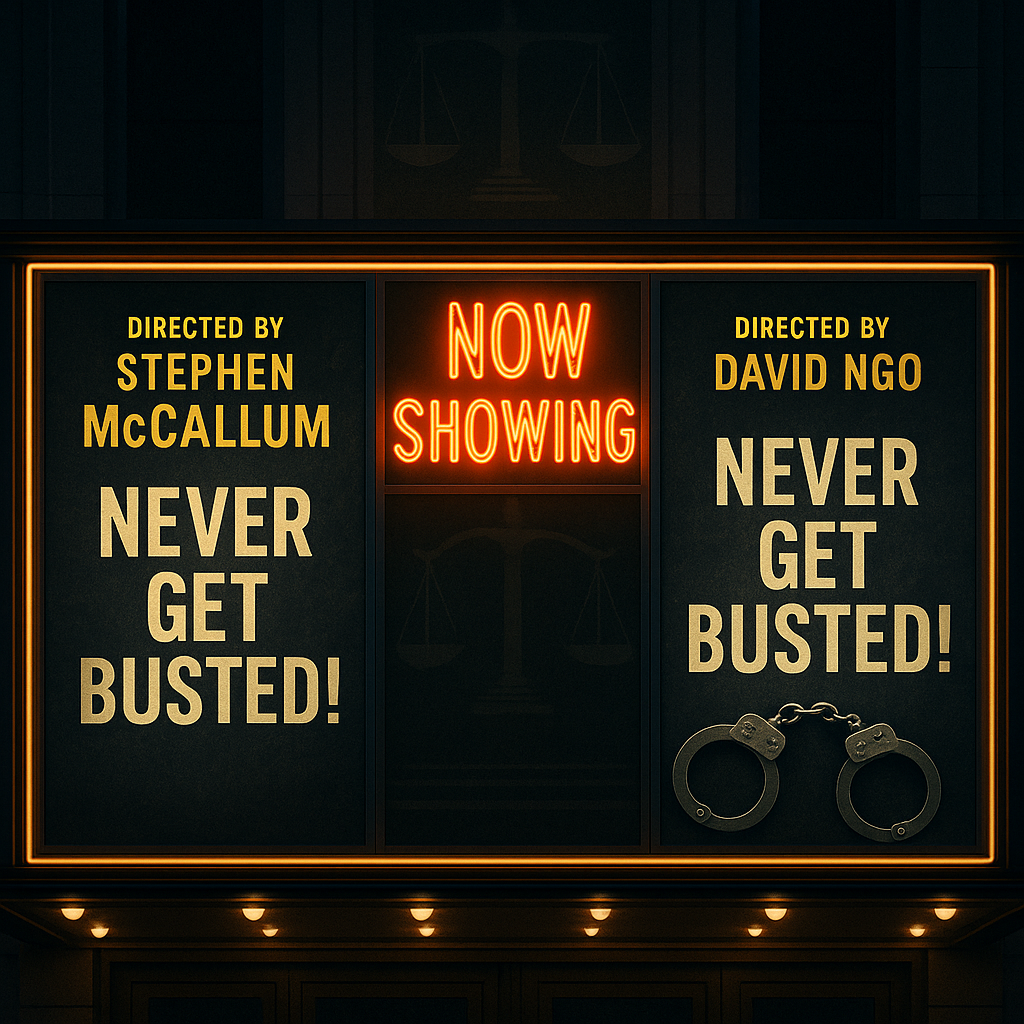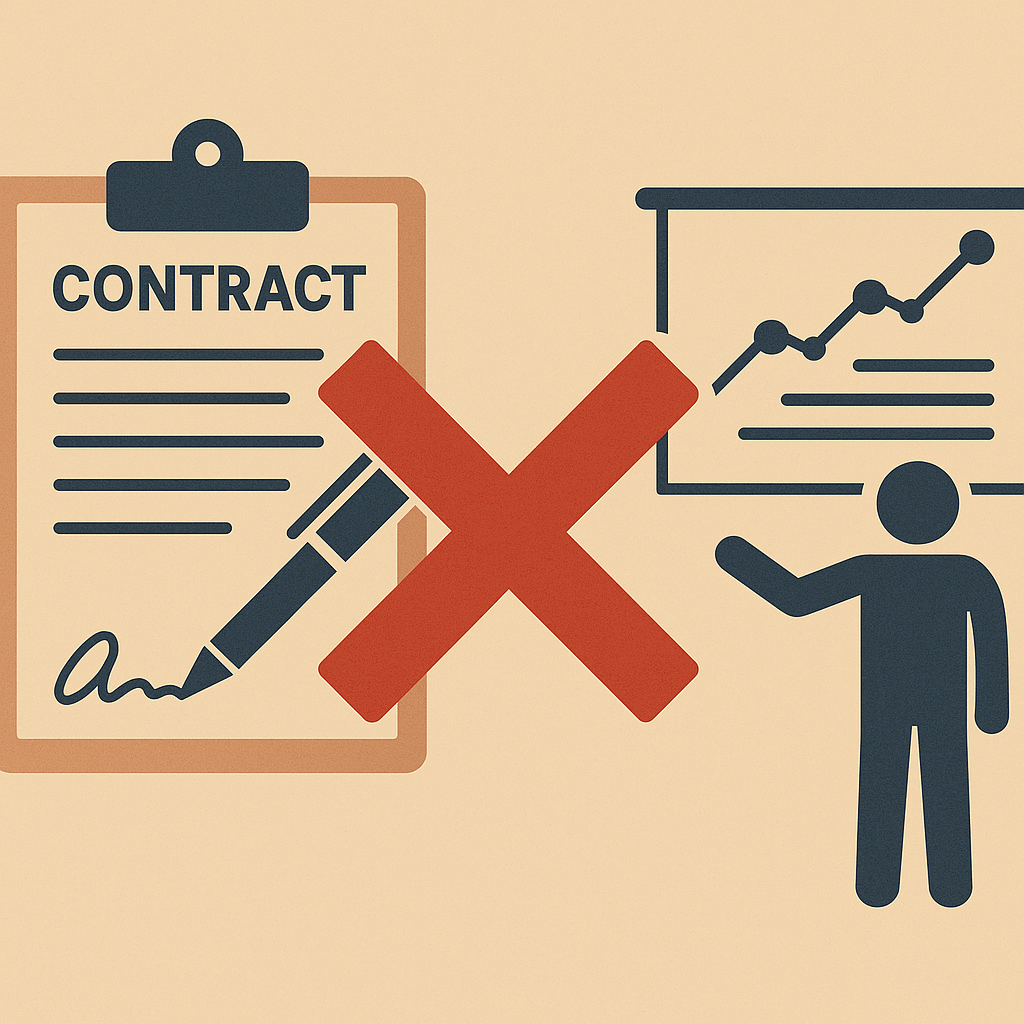Not So Fast, Wingman: Why the Federal Court Said No to a “Teaming Agreement”
 Cirrus Real Time Processing Systems Pty Ltd v Jet Aviation Australia Pty Ltd (formerly Hawker Pacific Pty Ltd) [2025] FCAFC 85
Cirrus Real Time Processing Systems Pty Ltd v Jet Aviation Australia Pty Ltd (formerly Hawker Pacific Pty Ltd) [2025] FCAFC 85
When is a deal not a deal? When it’s a teaming arrangement built on a handshake, a hopeful email chain, and a quotation that looks more like a wishlist than a contract.
The Full Court has dismissed an appeal by software supplier Cirrus, who claimed that Jet Aviation (formerly Hawker Pacific) was contractually bound to subcontract Cirrus if it won a lucrative New Zealand Defence Force (NZDF) tender. It didn’t help that the “agreement” was cloaked in contingency, caveats, and future negotiation.
Here’s what happened — and what it means for anyone navigating teaming deals or tender arrangements in the tech or defence space.
🛩 The Backstory: Simulations, Sensors and Soft Promises
In 2016, Jet Aviation was preparing a tender response to the NZDF to provide airborne training systems. It needed software to simulate and display mission data — and turned to Cirrus, developer of a system called ACOTS.
Over several years, Cirrus and Jet Aviation had exchanged emails, draft scopes of work, and multiple versions of quotes. In the final stages of the bid, Cirrus provided a detailed “Version 4 Quotation” (V4Q) and authorised Jet to incorporate it into its tender — but only on condition that Jet would subcontract Cirrus if it won.
Cirrus later alleged this exchange created a binding “teaming agreement”, the breach of which led to it being left out of the deal when Jet secured the head contract and went with a different software supplier.
📜 The Legal Questions
The central issues were:
-
Did the parties intend to create legal relations on 21 December 2016?
-
Were the terms of the alleged agreement sufficiently certain?
-
Did Jet Aviation breach the agreement by not subcontracting Cirrus?
🔍 The Full Court’s Answer: No Contract, No Breach
The Full Court upheld the trial judge’s decision. While acknowledging that the parties had clearly hoped to work together, that wasn’t enough.
Key takeaways from the reasoning:
🔹 No present intention to be bound
The language of the emails and the quotation made clear that:
-
A future subcontract was still subject to negotiation;
-
Critical commercial terms were open (including price and IP);
-
Even the “trigger” for the obligation to engage Cirrus was inconsistently worded across documents.
This was not a present commitment, but a proposal contingent on future events — and possibly further agreement.
🔹 The agreement lacked certainty
V4Q wasn’t an agreed contract. It was a complex, promotional-style document with open issues like milestones, warranties, and a caveat that Cirrus expected Jet to absorb risks of any “flowdown” from the prime contract. It was a bid document — not a signed deal.
🔹 Conduct didn’t show mutual commitment
Even after the December 2016 exchange, the parties continued negotiating the subcontract — including key terms like IP and pricing — without resolution. That showed they didn’t believe they were already contractually bound.
⚖️ Legal Takeaways
This decision is a case study in the limits of “pre-contract” deals:
-
Clear commitment is key: Courts will not infer binding intent from businesslike conduct alone — especially where documents are provisional or refer to future agreement.
-
Teaming agreements must be tight: If you want enforceability, avoid phrases like “we will negotiate a subcontract” and instead say “we agree to subcontract on the attached terms if X occurs”.
-
Beware of ‘version creep’: The Court noted inconsistencies in the key clause across iterations of the quote and correspondence. Even small changes can defeat claims of consensus.
-
No shortcut around uncertainty: Courts will not salvage an agreement just because it would be commercially desirable to do so.
💡 For IP and Tech Suppliers: What to Do Differently
If you’re contributing IP or proprietary software to a bid:
-
Use a properly drafted Teaming or Binding Cooperation Agreement, separate from the quotation.
-
Lock in key commercial terms and make them conditional only on defined trigger events (e.g. award of head contract).
-
Ensure your licensing and IP terms are clearly stated and agreed.
-
Avoid relying solely on emails or proposal documents with promotional or ambiguous language.
And crucially — don’t assume that authorising the use of your confidential material in a tender creates leverage. The law demands more than that.
 The Federal Court has issued an injunction two days before the Melbourne International Film Festival (MIFF) in relation to the credits of a documentary called Never Get Busted! after one of its co-directors claimed the other director was busted crediting himself as “Principal Director”.
The Federal Court has issued an injunction two days before the Melbourne International Film Festival (MIFF) in relation to the credits of a documentary called Never Get Busted! after one of its co-directors claimed the other director was busted crediting himself as “Principal Director”. As AI capabilities become standard fare in SaaS platforms, software providers are racing to retrofit intelligence into their offerings. But if your platform dreams of becoming the next ChatXYZ, you may need to look not to your engineering team, but to your legal one.
As AI capabilities become standard fare in SaaS platforms, software providers are racing to retrofit intelligence into their offerings. But if your platform dreams of becoming the next ChatXYZ, you may need to look not to your engineering team, but to your legal one. When a new business relationship begins, it’s tempting to grab a contract off the shelf, tweak a few names and dates, and call it a day. After all, the “real work” is about to start — the paperwork just needs to keep up. Right?
When a new business relationship begins, it’s tempting to grab a contract off the shelf, tweak a few names and dates, and call it a day. After all, the “real work” is about to start — the paperwork just needs to keep up. Right? The NSW Court of Appeal has handed down a sharp reminder that contract clauses don’t enforce themselves — and that if you leave key blanks unfilled in a standard form agreement, you may be left with no recourse when things go sideways.
The NSW Court of Appeal has handed down a sharp reminder that contract clauses don’t enforce themselves — and that if you leave key blanks unfilled in a standard form agreement, you may be left with no recourse when things go sideways.